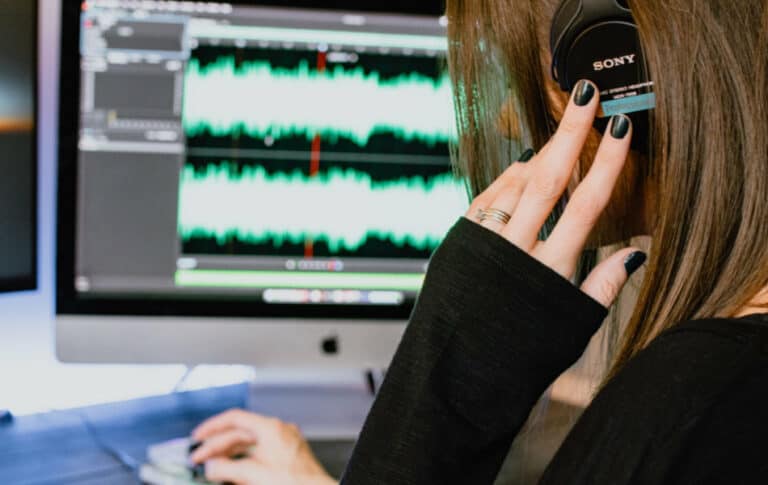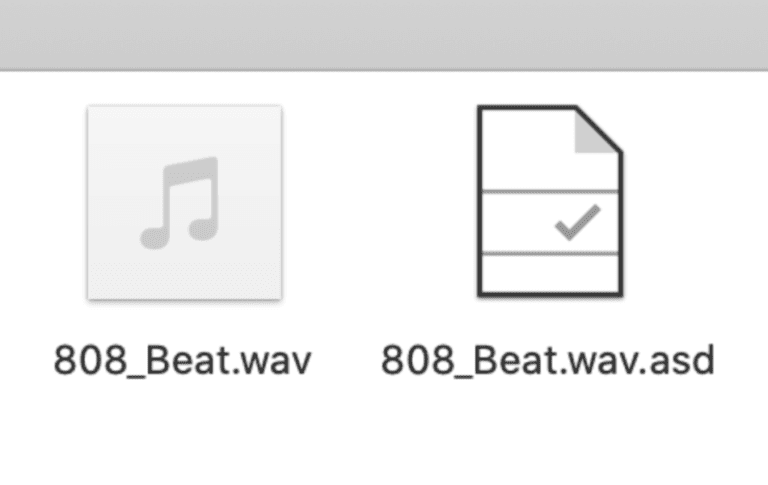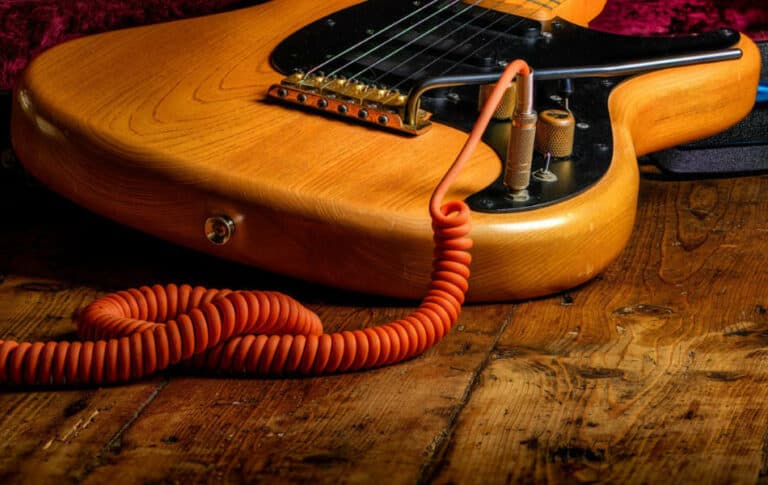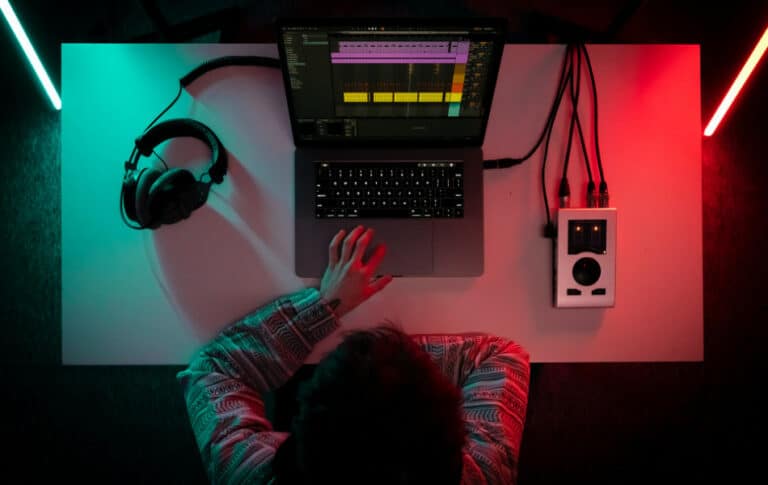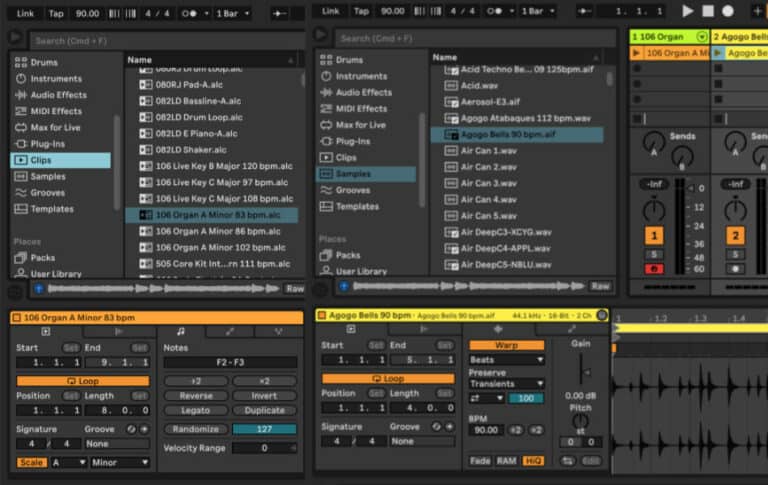Is Ableton Live Intro Worth Buying? (Answer – Yes)
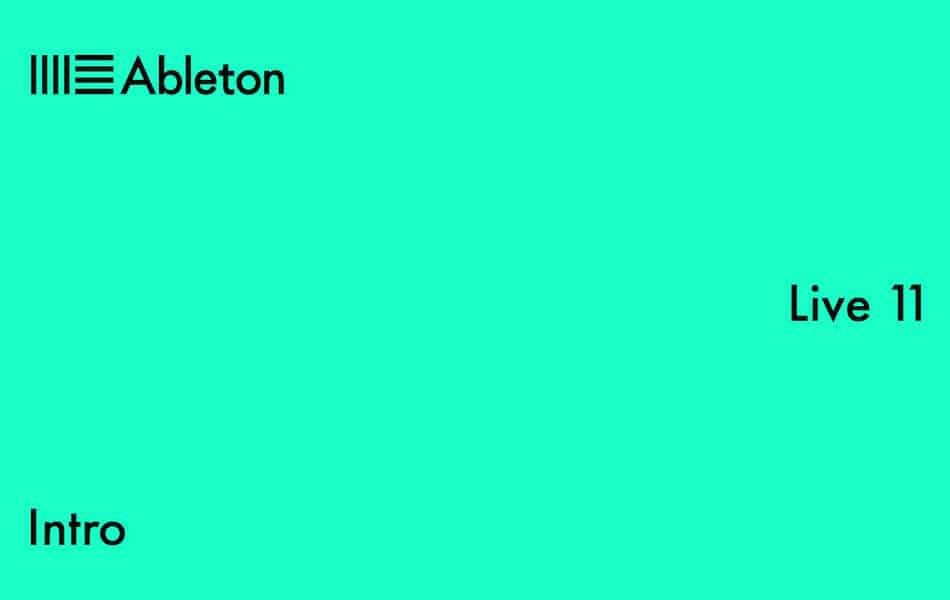
If you’re reading this, then you’re probably thinking about trying, or buying, Ableton Live?
Ableton Live is available to buy in three versions: Live Intro, Live Standard and Live Suite.
At the time of writing the current version is Ableton Live 11. Ableton Live Suite costs $749 and Live Standard is $449, so both require quite a large investment.
The least expensive version is Live Intro, which at $99 (please check current prices) costs considerably less. So this where a lot of people start their Ableton journey.
Since Live Intro is so much less expensive than the other two versions, it will have a reduced set of features, and you might be wondering if it’s worth buying.
Yes, Live Intro costs less money than the other versions of Live, but is it worth it? That’s what we’ll be looking at in this article.
Overall Comparison: Live Intro, Standard and Suite
The table below contains information on what’s included in the three versions of Ableton Live from the Compare Live Editions page on the Ableton website.
| Intro | Standard | Suite | |
| Software Instruments | 5 | 7 | 17 |
| Sounds | 1500+ | 1800+ | 5000+ |
| Library Size | 5+GB | 10+GB | 70+GB |
| Audio Effects | 21 | 37 | 60 |
| MIDI Effects | 8 | 14 | 16 |
Please check the Ableton website for the lates versions and features. The details may change, but the general points here about Ableton Live Intro will still be relevant.
There are various ways to compare the versions of Live, and something a lot of people try to do (including me) is compare the number of features in each version with the cost.
Live Intro is less than a seventh the cost of Live Suite, but you seem to get more than a seventh of the features, except for Library Size at less than a tenth the size.
However, Live Intro is less than a quarter the cost of Live Standard and you the Library Size is half as big. So you seem to get fewer Library sounds for your money with Live Standard.
The reduced number of Software Instruments, Audio Effects and MIDI Effects included with Live Intro might be a cause for concern, so we’ll have a look at that.
Key Features and Functions in Ableton Live Intro
Just like the more expensive versions of Ableton Live, Intro has both Session and Arrangement Views.
Arrangement View is similar to the linear recording, editing and mixing set-up found in other DAWs. Session View is loop-based, and this is where you can try out lots of ideas and even create music on the fly while playing out live.
As far as I can tell, all the features of the Session and Arrangement views from the more expensive versions of Live are available in Live Intro.
All the audio editing features in Live Standard and Suite are also available in Live Intro. This lets you edit audio non-destructively within Audio Clips for maximum flexibility.
Audio Warping
Audio Warping is included so that you can adjust your audio samples to fit the tempo of the track you are producing. Live Intro even seems to include the Complex Warp Modes, such as Complex and Complex Pro, that let you change the pitch and tempo of vocal tracks (and make the result sound quite natural).
If you are thinking about using Live Intro to DJ with, the Complex Warp features let you adjust the tempo of whole tracks to fit your DJ set and any other tracks you are playing.
Comping
A new (and long-awaited) feature introduced in Ableton Live 11 is Comping. This enables you to record multiple versions of a vocal or instrumental, and take the best parts of each to produce a composite track.
Comping is included with Live Intro, and is one of the biggest factors that would convince me that Live Intro was worth buying.
MIDI Features
On the MIDI side of things, Live Intro includes MIDI Capture. The means that if you accidentally play something good on your MIDI keyboard, then you don’t have to worry about trying to remember it since clicking the MIDI Capture button saves the MIDI notes into the relevant track.
Another MIDI feature included with Live Intro is MPE (MIDI Polyphonic Expression). MPE enables you to play more expressively using a MIDI controller equipped with MPE functionality.
Live Intro includes a number of other great features, just like the more expensive versions, such as Group Tracks, Note and Velocity Chance (for more natural sounding MIDI sequences), Ableton Link (for collaborative working), Instrument, Drum and Effects Racks (for making your own custom instruments and effects), Groove Pool (to add a more human groove to your music), and the ability to work with videos.
I’m really impressed by how much overall functionality Live Intro provides for the much lower price.
Some General Features Limited in Live Intro
Regarding limitations, we’ll start by looking at the general Ableton Live set-up.
Live Intro is limited to 16 Audio and MIDI tracks (i.e. 16 in total). In Session View, the number of Scenes is also limited to 16.
This might sound like quite a big limitation, since Live Standard and Suite offer unlimited tracks and Scenes. However, I have been using Ableton Live for around 15 years, and I can’t think of many occasions when I have needed more than 16 separate tracks or Scenes.
Live Intro is limited to eight audio inputs and outputs. This is reduced from 256 inputs and outputs in Live Standard and Suite, but I can’t think of any situations where this might be a problem for someone getting started with Ableton.
There are only two Send and Return Tracks in Live Intro, compared with 12 in Live Standard and Suite. This could be a limitation. For example, if you wanted to apply different types of reverb to the various tracks in your production.
One way around this would be to apply the audio effects directly on the tracks (as Insert Effects). The limitation here though, is that the demands on your computer’s CPU increase as you add more audio effects.
Software Instruments Included With Live Intro
Ableton Live Intro includes five software instruments. These are Drift, Drum Rack, Impulse, Instrument Rack and Simpler.
Drift was introduced with Ableton Live 11.3, and is included with all versions of Live. Drift is a synthesizer designed to emulate the way an analog synth works. It’s easy to use, can simulate the way analog synth oscillators and filters drift in and out of phase and tune, and it sounds great. It also has a built-in oscilloscope so that you can see the waveforms, which is a great help when you are learning about how synthesizers work.
Drum Rack enables you to add samples, synths and effects to a 16-pad grid that can be triggered by a MIDI controller or sequenced in MIDI tracks.
Impulse is a drum sampler that lets you individually adjust the properties of the samples added to each drum pad.
Instrument Rack can be used to combine several instruments and effects to make your own unique device with split and layered sounds.
Simpler is a software sampler that can accept single audio samples. There are various built-in controls for adjusting the parameters of the sample to produce all sorts of amazing sounds. The Simpler is probably worth the price of Live Intro on its own (IMHO).
For comparison, Live Standard includes seven software instruments and Suite includes 18 instruments.
Standard only has a couple more instruments, Drum Synth and External Instrument, for quite a lot more money. Suite has 11 more instruments than Standard, providing a range of different software synthesizers together with Ableton’s full Sampler instrument.
How Limiting is Having Only Five Software Instruments?
Having only five software instruments will limit the contents of the Sounds folder in the Ableton Live Browser.
The Sounds section contains software instrument presets organised by the type of sound (rather than the instruments themselves). The variety of sounds available here will be limited by the small number of instruments available to make them.
Having said that. Something that a lot of Ableton users do (even the ones with Ableton Live Suite and its 17 software instruments) is buy third party VST instruments.
Speaking from personal experience, I have Ableton Live Suite and I hardly ever open one of the Ableton software instruments if I want to program my own synth sounds. In fact, even if I just want to go through some synth presets I usually choose a third-party instrument for this too.
So having only four instruments in Live Intro probably isn’t going to be that much of a problem. You will be able to find some free or inexpensive software synths to buy, or even push the boat out and buy something like Serum.
Audio Effects in Ableton Live Intro
Live Intro comes with 21 Audio Effects, which is a pretty good selection, providing a lot of options. This includes the Audio Effect Rack, which enables you to combine a selection of the other Audio Effects devices into one powerful device.
For comparison, Live Standard includes 37 Audio Effects and Suite 60.
Some of the Audio Effects included in Live Intro are the Auto Filter (which can be automated and includes an LFO), EQ (equalization) devices, Compressor, Delay devices, Saturator and Gate, among others.
This is a really good selection of effects to use in your tracks. All of the Audio Effects can be automated so that the amount applied to the sounds can be controlled for different sections of your track.
MIDI Effects Included in Live Intro
Live Intro comes with eight MIDI Effects. This includes the MIDI Effect Rack, which allows you to combine other MIDI Effects into a single device.
MIDI Effects are used to control software instruments in various ways, and the devices included with Live Intro can be used creatively.
Some of the MIDI Effects devices included are the Arpeggiator, which plays the notes of a chord in a pattern selected by the user; Chord, which adds additional notes to a single note to create chords selected by the user; and Scale, which moves incoming notes into a scale chosen by the user.
Unlimited Instruments, Audio Effects and Midi Effects in Your Projects
One thing to note about the devices included with Live Intro is that your are able to use an unlimited number of the Software Instruments, Audio Effects and MIDI Effects in your projects.
The factor that will limit the number of devices that you can use is the power of your computer, since each device adds to the strain on your CPU.
Ableton Packs Included With Live Intro
Something else that comes with Ableton is a selection of Ableton Live Packs.
Live Packs contain Instruments, Audio Effects and Midi Effects to use in your projects. They are available to download from the Ableton website, and the Packs available for you to download depends of the version of Ableton Live that you have.
Only one Live Pack comes with Live Intro, which is the Chop and Swing Pack. The Ableton website says that “Chop and Swing comes loaded with curated recordings and professional presets perfect for cutting up and re-combining into fresh new tracks”.
Although it’s just the one Pack, the material it contains can be imported into the Simpler instrument and manipulated to produce unique sounds. You can also drag the audio clips and samples into the tracks in your production and manipulate them to suit your production.
Ableton Live Intro System Requirements
Ableton Live doesn’t really have any special computer requirements. It works on Windows and Mac OS, and it will probably run pretty well on whatever computer you currently have.
For example, I am using a 10-year old MacBook and it works just fine. Before that I ran Ableton on some fairly cheap Windows laptops, and that was okay too. You can read the Ableton Live Minimum System Requirements here.
So, Is Ableton Live Intro Worth Buying?
I would say that the answer that that question is a big yes.
Ableton Live Into comes with a lot of functionality, is pretty good value for money, and is definitely worth buying.
You get the great Ableton Live workflow, with the loop-based Session View and linear Arrangement View providing a variety of ways to work.
There’s a pretty good selection of sounds included so that you can get started making music right away.
A selection of Audio and MIDI Effects devices adds various creativity options, and the Effect Racks let you combine the individual units into unique effects devices.
The small number of instruments you get isn’t really a problem, since Live Intro includes the amazing Simpler, which lets you manipulate samples to create your own sounds.
Also, many people opt for third-party synths anyway, and don’t use the included Ableton instruments to create their own sounds.
